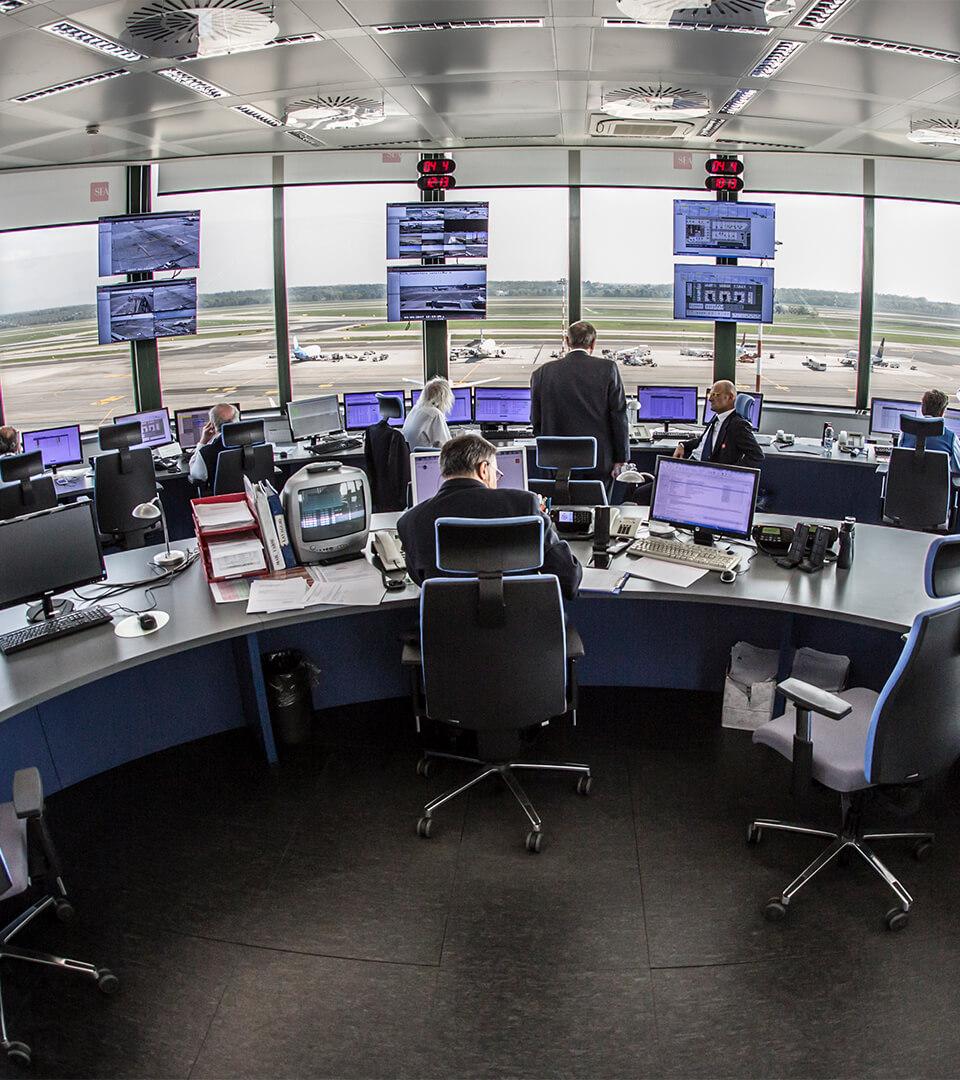In 2016 the SEA Group continued its commitment to support investments in line with the programmed development plan. The following table shows the breakdown of the investments in 2016, amounting to Euro 85,873 thousand before advances to suppliers, between new constructions (Euro 69,487 thousand) and restoration work (Euro 16,386 thousand).
| (thousands of Euro) | New constructions | Restoration investments | Total |
|---|---|---|---|
| Flight infrastructure | 9,386 | 6,449 | 15,835 |
| Terminals | 15,641 | 3,802 | 19,443 |
| Cargo | 12,175 | 0 | 12,175 |
| Access systems. roads. carparks. various buildings | 6,655 | 2,749 | 9,404 |
| Plant and network | 7,955 | 3,386 | 11,341 |
| Ecology | 60 | 0 | 60 |
| ICT projects | 9,604 | 0 | 9,604 |
| Miscellaneous | 8,011 | 0 | 8,011 |
| Total investments | 69,487 | 16,386 | 85,873 |
The amounts include the 6% remuneration according to IFRIC 12 (Euro 3.5 million) and the portion of financial charges (Euro 0.1 million).
Investments made in 2016 include expansion and restyling work at Milan Malpensa and Linate, work in the Malpensa Cargo area and construction of new hangars for general aviation.
Specifically, the most significant investment for Milan Malpensa Terminal 1 refers to work for the functional upgrading and restyling with construction of new retail areas and standardisation of the existing finishes with those of the newly built areas. Work to change the layout of the former security filter area was completed in the last quarter of 2016. In addition work is being completed for the new filters for staff as well as restyling work for the North Schengen Remote Gates.
In terms of Milan Malpensa Terminal 2, work has finished to build the new railway station and relative extension from Terminal 1, while work has been completed in Terminal 2 to build new security filters, new check-in desks and upgrading of the baggage delivery area. These projects will make it possible to adapt passenger services to expected quality levels.
At the Milan Malpensa Cargo area, building was completed on the first warehouse for use by a cargo carrier and work is now in progress on a second warehouse for other cargo operators.
Design activities have begun for function upgrading and restyling work for the Linate Terminal. The main goals of this work include improvement of the perceived quality and architectural image of the Airport façade, land side access viaduct, arrivals hall and the baggage delivery hall, as well as to increase the retail areas (both retail and Food & beverage) and Leonardo SEA and Welcome Alitalia VIP Rooms and to improve operating spaces, increasing the areas available for Gates A01 to A08 and the areas for security filters and relative access codes.
Construction work on General Aviation hangar 9 continued in 2016, with final delivery to the customer in February 2017, after completion of the work and attainment of approval for use without any hydro-geological restriction after partial testing of the regulations works for the Lambro river .
A number of flight infrastructure plant upgrades continued at Linate and Malpensa for the implementation of the ASMGCS (Advanced Surface Movement Guidance and Control System) systems, which will enable a clearer indication of paths to be followed by aircraft during the taxiing of aircraft, in addition to an improved use of lights on the taxiing runways, with a consequent reduction in the time in which lights are switched on, which will make it possible to limit light pollution and result in energy savings.
Significant design work continued aimed at developing new digital channels, from the new Apps to use to increase E-commerce functionalities. A focus on the Passenger Experience marked the main technological investments in the operating field, with both Malpensa Terminals equipped with modern security filter systems with automatic turnstiles and automatic boarding card reading systems.
The migration project for SAP ERP (Enterprise Resource Planning) environment to Cloud environment based on the new HANA (High Performance Analytic Appliance technology of SAP with data-base “in memory”) techniques continued for Management and Administration systems providing significant results in terms of processing speed. Lastly, major focus was given to “collaboration” projects connected to HCM-Human Capital Management processes with the development of a new Intranet and new Job-Posting and E-Learning functions.
